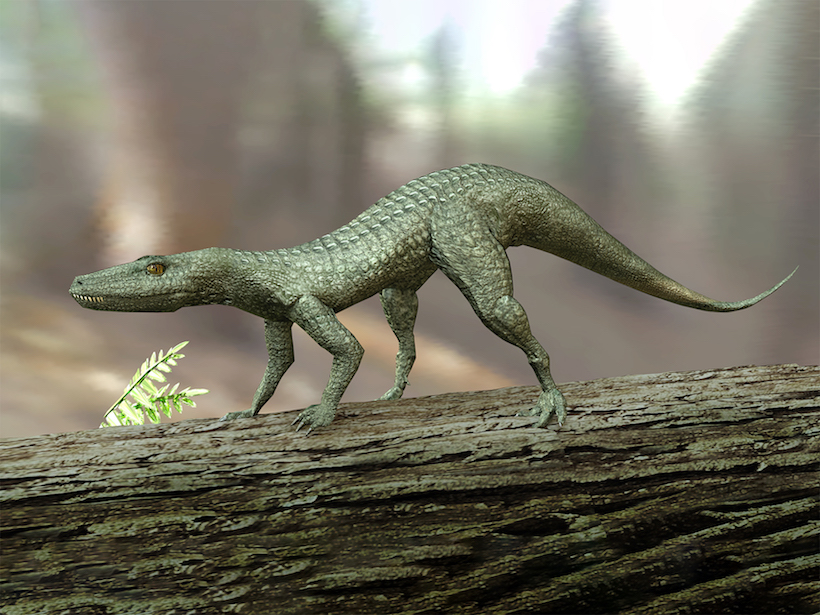Changes in rates of tectonic degassing may have been responsible for rapid, extreme warming during the Miocene Climatic Optimum and the long cooling period that followed.
S. Norris
Posted inNews
A Little-Known Mass Extinction and the “Dawn of the Modern World”
Volcanic eruptions in what is now western Canada may have triggered a million years of rain and a mass extinction that launched the reign of the dinosaurs.
Posted inNews
Climate Change May Shift Coral Population Dynamics
New paleoceanographic research indicates that warming waters may contribute to fewer coral reefs but to a flourishing presence of soft-bodied corals.



